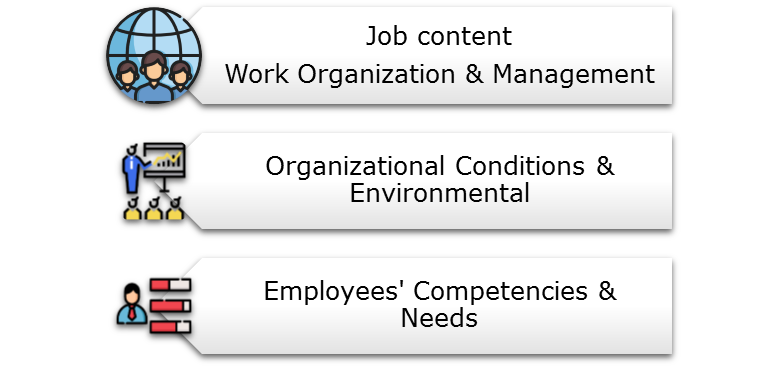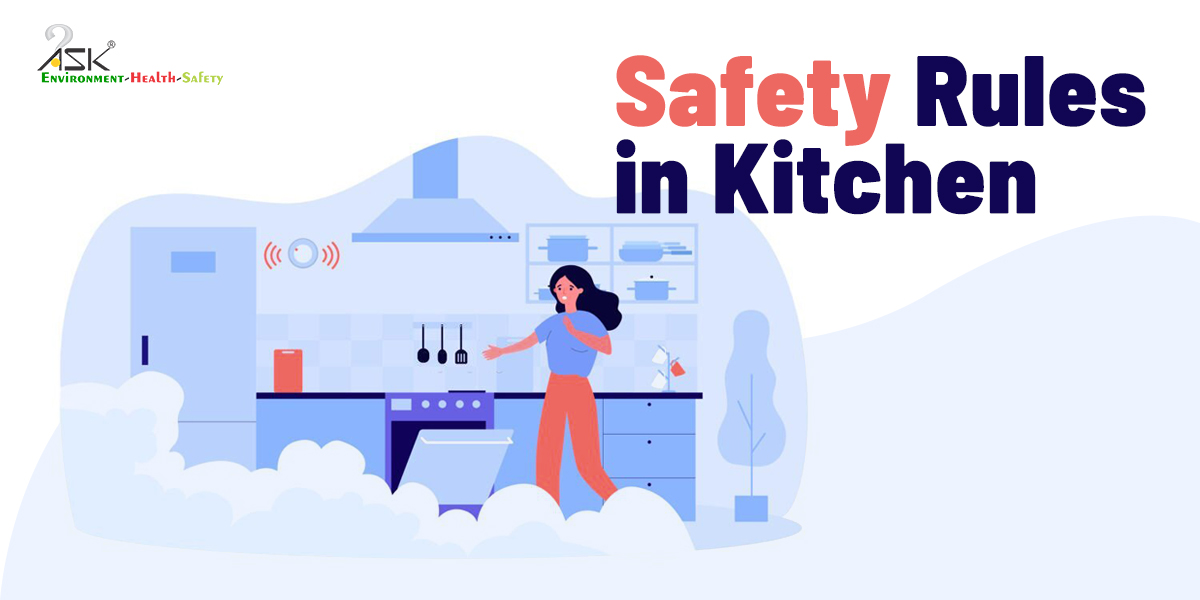Psychosocial hazards at workplace

Segmentation of our day to day activities sees us at factory floors of manufacturing plants or corporate business offices huddled close to each other churning out reports, leads or closing sales right up to specialized work platforms undertaking hazardous work activities producing crucial raw materials like crude oil or gas.
Human interactions at workplace remains the common theme between all these activities. A breakdown of this human component is defined by WHO and ILO as a result of psychosocial hazards, illustrated below.
The design and management of work and the social and organizational context can become the source of psychological or indirect physical harm. This also clearly underlines the fact that psychosocial and work-related stress are mutual to each other.

Some of the widely recognized occupational health challenges according to E.U-OSHA are psychosocial hazards, bullying, violence and work-related stress as well as harassment. Here is a brief description:
Job content: Lack of variety or short work cycles; fragmented or meaningless work
Workload & work pace: Work overload or under load, machine pacing, high levels of time pressure
Work schedule: Shift working, night shifts, inflexible work schedules, unpredictable hours
Environment & equipment: Inadequate equipment availability, suitability or maintenance; poor environmental conditions
Personal: Interpersonal relationships at work, role in the organization, career development, home-work interface
Issues caused by psychosocial hazards
The clear cut impact of psychosocial hazards has been studied in-detail and E.U foots a bill of 20 billion Euros each year due to them. Burnout is an accepted term within the occupational health dictionary. It pertains to physical, mental and more importantly emotional exhaustion due to work-related stress. It is possibly triggered or brought on by the psychosocial hazards.
The other issues caused are depression, anxiety, lack of sleep and symptoms of work-related stress. The risk of psychiatric disorders is found higher in individuals working in such environments that do not manage their psychosocial hazards. Exposure to psychosocial hazards also exerts negative behavioural changes. Poor diet, sleep and excessive drinking and smoking being the top-most among them.
The physiological and biochemical effect of stressors (psychosocial) can be devastating. Due to elevated levels of adrenaline and cortisol brought on by stress, poor vascular health and heart are its direct effects. Indirectly, higher levels of cholesterol in serum leads to obesity. Exposing risks such as poor wound healing, increase in musculoskeletal disorders, impaired immune system and GI-related ailments.
There are many external pressures that today’s workers must deal with, that were essentially nonexistent in prior generations. Psychological hazards can arise when an employee’s capacity to meet his or her demands is threatened by pressures at work and issues in their personal lives. A multitude of symptoms, such as physical, mental, and emotional problems, as well as the possibility of physical harm, indicate the presence of dangers.
Site EHS managers are now responsible for the prevention and management of psychological hazards as a result of recent recognition of these risks. Employers can remove the underlying factors that contribute to psychosocial hazards by improving employee outreach programs, keeping track of employees’ health, and making a commitment to lowering work-related stress.
An employee’s desire to keep working diminishes rapidly when workplace stresses start to weigh heavily on them, further leading to psychological hazards in the workplace.
Employees grow dissatisfied with their jobs, and eventually their production levels decline with this shift in attitude.
An example of psychological hazard: In severe cases results in workers becoming so discouraged that they stop showing up for work completely. On the other side, businesses can address the attendance problem. When a worker reports to work but their performance is hampered by an illness, a medical condition, or exhaustion.
Measures against Psychosocial hazards
To keep it simple, risk assessment becomes the first line of defence as followed for any other OHS hazard. This would include using organizational data on absenteeism, turnover and lost work-time injuries, followed by assessment of worker complaints, observation of workplace in its entirety, but, within the exclusive context of – human interactions.
A risk assessment process has been outlined below which identifies and portrays the role that should be played by them.
- Organizational management and commitment: Prescribing and undertaking a risk assessment should be the anchor-like support and commitment of the major stakeholders.
- Organizational communication: It should be unilateral, unified and understanding of the workforce concerns. The themes and messages should cover not only the entirety of the workforce.
- Worker participation: Workers should be involved in risk identification and their assessment. The subsequent path to assessment results, their actions and finally implementation require the confidence of workforce.
- Identifying workgroups and assessment areas: This simply refers to keeping a homogenous hazard population to ensure efficacy of risk assessment.
- Applying reliable methods: Refers to the idea that choosing a framework laid down by a renowned study group or ‘Standards’ per se are necessary.
Last but not the least is having a realistic timeframe become a part of the definitive risk assessment for psychosocial hazards. Time and behavior dependent studies require the crucial need of appropriate timespan. This would allow opening up of the issues in right light and manner for the tripartite human interaction to become amenable to each other’s needs.
Note: A longer and detailed version of this article runs in the current issue of B-Proactive Magazine (Apr-Jun’ 2018)
Reference: Leka, Griffiths & Cox (2003).


